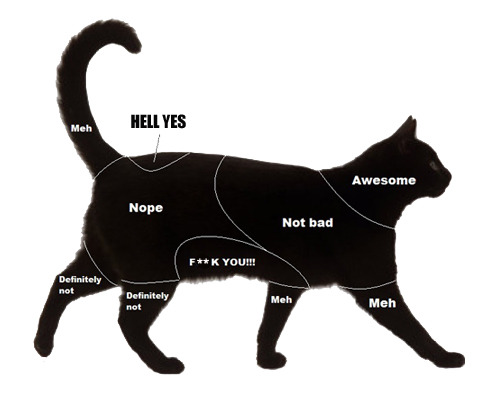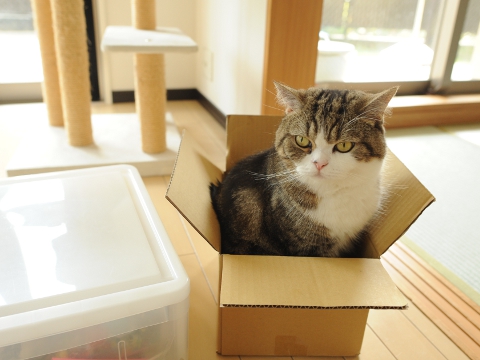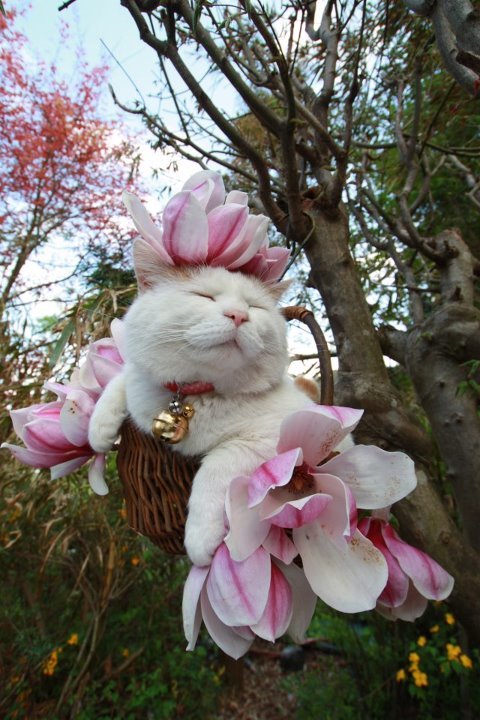Welcome to the newest project of the Animals and Society Institute, HASImages!
HASImages is inspired by a blog I visit frequently for my sociological teaching called
Sociological Images, created by sociologists Lisa Wade and Gwen Sharp, which is intended to encourage readers to use their "sociological imagination" in everyday life. The blog features images (as well as videos, charts, statistics, and the like) along with commentary that highlights the sociological insights found in those images.
Because I teach sociology, I'm always on the lookout for new resources to use in my classes, and I've found the materials on Sociological Images to be invaluable for my teaching. I also love to use images in my human-animal studies teaching, and figured that other faculty would too. After all, why
wouldn't you use images of pandas, sloths, and kittens as often as you can in your classes?
And while finding cute images of animals on the Internet is no tough task (just take a quick look at some of my favorite sites like
cuteoverload,
dogshaming, or
the daily bunny), I thought it might be helpful to not only provide the best, the cutest, and the most intriguing animal and human-animal images in one location, but to also provide commentary on those images.
This blog, then, is aimed at faculty who teach human-animal studies courses and who are looking for material to use in their classes. Please feel free to take what you like!
We're also looking for contributors. Please send images that you think are interesting, thought provoking, or challenging to us at
margo@animalsandsociety.org and if you'd like to contribute a commentary or analysis, let us know that as well. We'd like to hear from you!
Our first image, to open our new blog, is one of the most iconic animal images on the Internet. Known as "Happy Cat," it's the original lolcat--a photo of a cat with a caption using poor grammar called lolspeak. Computer programmer Eric Nakagawa and his girlfriend Kari Unebesami capitalized on the popularity of Happy Cat and images like it, and in 2007 created the website
Icanhascheezburger.com to showcase lolcats to a public greedy for them. At the height of its popularity, the website was getting one and a half million visitors per day.
While lolcats are not as popular today as they were a few years ago, animals are just as popular as ever on the Internet, starring in videos, featured in memes, and headlining websites and tumblrs of every variety. Check back here frequently to keep up with the latest in animal images!
 This poem by Spencer Madsen does a heartbreaking job of conveying the contradictions inherent in living with a companion animal. We bring home a cat, dog, or other animal because we want to spend our life with them.
This poem by Spencer Madsen does a heartbreaking job of conveying the contradictions inherent in living with a companion animal. We bring home a cat, dog, or other animal because we want to spend our life with them.














































